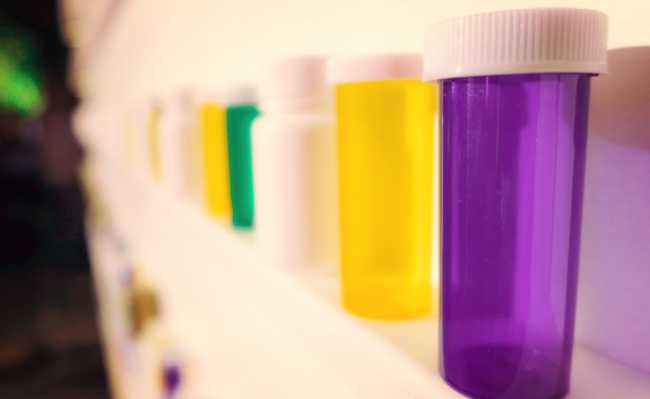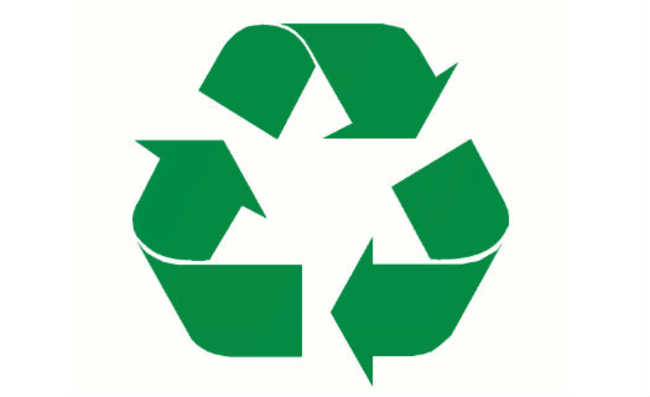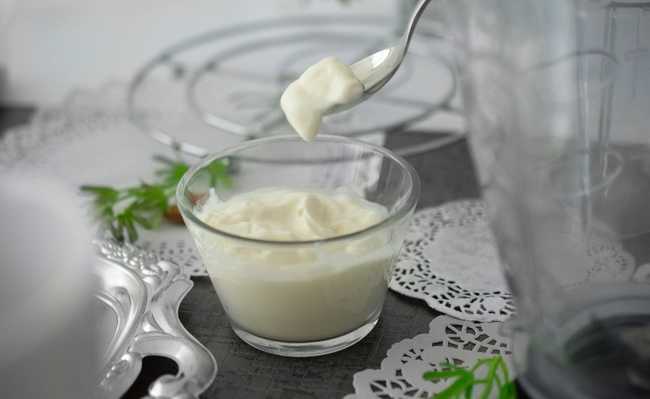Know items in your home that are full of germs
Germs are disease-causing microorganisms that can proliferate in different items in your home

Image: Michael Schiffer in Unsplash
“Germ” is a term used to refer to various disease-causing microorganisms, such as bacteria, viruses, fungi and protozoa. Microbiology, the area that studies these microorganisms, demonstrates that the total number of existing species is incalculable. This diversity is the result of the adaptive power of these organisms, which survive anywhere on the planet. Therefore, if they are in the air, underground and at the bottom of the sea, it would be no different with the utensils present in your home. Meet some of them.
The most contaminated places in your home
According to a study carried out by the Research Foundation for Health and Social Security, in partnership with the University of Barcelona, the bathroom is the place that has the most germs in a home. However, it is also the room that people clean the most. Thus, the bathroom ends up not being as “dangerous” in this aspect as other places that are forgotten, just accumulating dirt - and, consequently, microorganisms. Find out what they are:
kitchen sponges

Image: Artem Makarov in Unsplash
Sponges are hot, moist surfaces that spend all day in contact with bits of food and dirt. According to the research, heat and humidity are factors that contribute to the proliferation of germs. In general, regardless of the type of sponge you use, it is necessary to change it in a week or two to avoid the spread of harmful micro-organisms. Another tip is to replace your synthetic sponge with a biodegradable vegetable sponge.
- Learn more in the article “Dishwashing sponge accumulates bacteria and fungi. Understand"
sinks

Image: Jessica Lewis in Unsplash
The kitchen sink, an essential item for all the dishes to be cleaned, ends up becoming one of the dirtiest places in the house, since all the germs and bacteria present in food waste pass through it when cleaning. According to the study, the kitchen sink contains 100,000 times more germs than the bathroom. This way, sinks need to be washed at least once a week. For this, the article “Clean and disinfect your kitchen sink with sustainable products” offers tips on natural products that will help you clean the sink.
Toothbrush

Image: Superkitina in Unsplash
The mouth harbors hundreds of microorganisms, which can be transferred to the toothbrush during use. In addition, germs in the bathroom can also jump onto your toothbrush. According to the study carried out by the Research Foundation for Health and Social Security, around 80% of the toothbrushes analyzed harbored millions of germs harmful to health. That's why the Dental Association of the United States and several other professionals in the field recommend that you change your toothbrush every three months. It is worth mentioning that you can buy bamboo toothbrushes at the gift shop. eCycle portal to have more sustainable attitudes.
Towels

Image: Denny Müller in Unsplash
Whenever you use a towel, skin cells detach from the body and stick to the tissue. These cells become food for germs, which thrive in warm, humid environments. This can be dangerous as they can be transferred back into your body, causing infections and illness. To clean your towels, wash them in hot water at least once a week.
cutting boards

Image: Lukas Blazek in Unsplash
Also according to the aforementioned research, about 20% of food poisoning occur at home. The germs that cause these diseases often accumulate on cutting boards, especially on the edges. To prevent the proliferation of microorganisms in these places, it is necessary to disinfect them frequently. Learn more in the article "Cutting board: choose your model well".
technological devices

Image: Priscilla Du Preez in Unsplash
A computer keyboard or cell phone screen can have thirty times more microorganisms than a dirty bathroom. This happens because the screens of these devices are in constant contact with our hands, which are not always sanitized. So keep your hands clean and learn how to sanitize your cell phone in the article "How to clean your cell phone"
Therefore, it is very important to pay attention to these forgotten places when cleaning and change habits to avoid the proliferation of harmful germs to health. In addition, according to the World Health Organization, the simple act of washing hands reduces the risk of contracting diseases and infections by up to 40%. Therefore, sanitize your hands whenever possible and avoid putting them in contact with your face.










